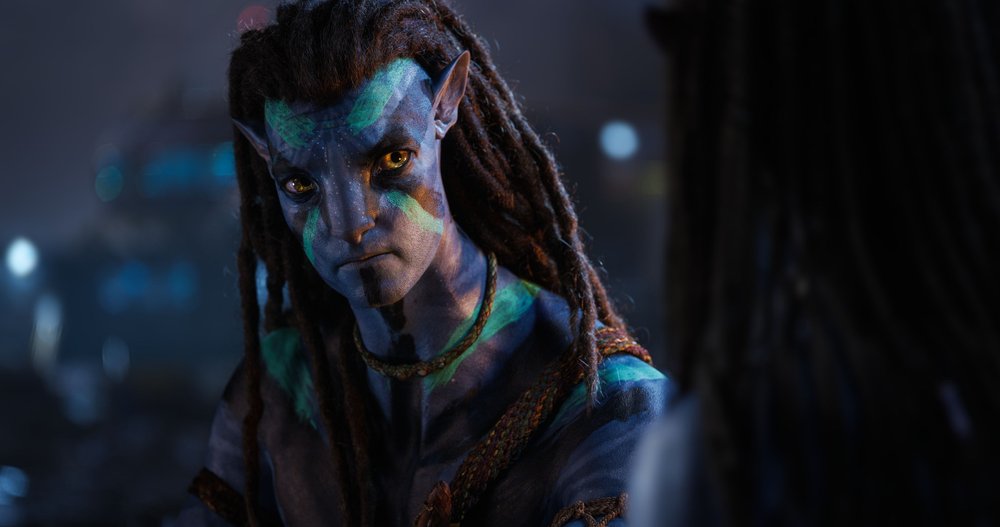
Images courtesy of 20th Century Studios
AVATAR: THE WAY OF WATER– 4 STARS
Through all the technological spectacle he creates through unmatched skill and sheer hubris– especially in his triumphant return with Avatar: The Way of Water, three-time Oscar winner James Cameron does not get enough respect as one of the best cinematic storytellers for action and emotion the medium has ever seen. With an editor’s eye for precise measurement, Cameron has crafted some of the most elaborate, dazzling, and iconic action sequences for decades now.
Whether it’s sinking a historic ocean liner, animating metallic killers from the future, or taking us to otherworldly places on this planet or beyond, no corners are cut, no details are cheapened, and no expense is spared by the 68-year-old Canadian. Avatar: The Way of Water stands, shoots, swings, soars, and swims as one more cornerstone of his boundless achievement. Thirteen years away has done little to dilute the filmmaker’s ability to punch our faces with amazement and our hearts with zealous emotion. If anything, absence away has increased the genius and made the heart grow fonder for this kind of unparalleled big-screen adventure.
The arrival of the Papyrus font signals a reestablishment of Pandora and its bioluminescent species of flora, fauna, and dexterous humanoids. The victorious Jake Sully (Sam Worthington) has led and rebuilt the Na’vi settlements after forcing the retreat of the “sky people” in Avatar. He and his warrior princess mate Neytiri (Zoe Saldana) have also brought three children into this world– two strapping teen sons Neteyam and Lo’ak (Jamie Flatters and Britain Dalton) and the playful daughter Tuktirey (Trinity Jo-Li Bliss)-- and adopted another named Kiri, the lab-created mixed race daughter of the deceased Dr. Grace Augustine (Sigourney Weaver, playing both parts).
The Na’vi paradise of peace is interrupted with the ground-scorching return of the colonizing RDA (Resources Development Administration) hellbent on the acquisition of valuable resources to aid a dying Earth light years away. Flaunting more numbers and improved weaponry, their military might is bolstered by “recombinant” avatars embedded with the memories of humans, including the dead Colonel Miles Quaritch (Stephen Lang) and his Green Berets. While the RDA builds a new fortress foothold on Pandora and re-sparks its environmentally-damaging poaching efforts, Quaritch and his platoon target the capture of Jake Sully as retribution from their previous defeat and neutralization of the natives.
Rather than subjecting all of the forest-dwelling Na’vi to the target on his back, Jake takes his family and flees into exile. He is granted sanctuary with the reef people of Metkayina, led by Tonowari (Cliff Curtis) and Ronal (Kate Winslet). There, Jake and his family learn ways to adapt from the forest to the ocean, opening up Avatar: The Way of Water to a whole new speed of physicality and a wondrously fresh realm of ecology. The bulk of the film circulates through this acclimation period before an inevitable confrontation with the pursuing Quaritch becomes unavoidable.
Free-diving into this aquatic menagerie, the production values of this sequel are off the charts. Cameron and his collaborators (including four editors) were wise to take their time, spending three years and several hundred million dollars on the entire process. The results show out compared to the rushed and smudged jobs lately from other name-brand blockbusters.
Feeling like a jolting novelty after the fad came and went in the years since the first Avatar film in 2009, the 3D cinematography, combined with a challenging high frame rate, creates one of the smoothest and most surreal visual experiences of recent memory. It takes a bit, but when your eyes adjust, the hyper realism is striking. The visual effects from Weta Digital ace and four-time Oscar winner Joe Letteri (and three more supervisors) feed into the extravaganza with staggering performance capture details. The unsung heroes are sure to be the army of technicians and operators on the stunt teams and underwater units in New Zealand that pulled off the tangible authenticity of shooting as much as they could in and on the water.
The sheer size of Avatar: The Way of Water does come with its challenges and limitations. Gobsmacked as you may find yourself to be, you feel its length in that middle act of new discoveries and in Quaritch’s repetitive hunt. When a character has to say “I can’t believe I’m tied up again,” you concur and wonder if a new adversary could have entered the game over a re-packaged Stephen Lang, no matter how slick his evilness stomps about. Likewise, a few supporting characters in the busy cast feel inconsequential outside of the core families at odds and tend to get in the way.
Lastly, if there is one artistic ingredient that is weak compared to the Herculean filmmaking muscle everywhere else, it’s the music. Even though the late James Horner got more repetitive with recycled musical cues post-Titanic, his ethereal instrumentation and choral voices gave Avatar a vibrant tone and stirring audio accompaniment. The score from Simon Franglen (Peppermint), one of Horner’s long-time arrangers, borrows the original themes, but cannot match that aura and power or take it to new depths.
LESSON #1: THE PROTECTIVE ROLE OF PARENTS– Returning to the saga itself, the fighting spirit of our central Na’vi heroes centers their role as parents. Borrowing an age-old instinct that is far from alien, Jake and Neytiri strive to protect their people and their children in pursuit of happiness. By Jake’s own words, this responsibility gives him meaning and gives Worthington, under all the performance capture layers, far more emotional output than the first film where he was the starstruck outsider. Lockstep next to him, Saldana’s feral resolve has only multiplied as a mother is ready to be unleashed to defend her kin.
LESSON #2: FAMILIES STICK TOGETHER– This maturation puts the theme of family solidarity front and center in Avatar: The Way of Water. Jake and Neytiri’s children are growing in this understanding and are matched with fellow teens of the Metkayina shouldering burdens of expectations. Cameron, joined in screenplay credit with recent Planet of the Apes reboot duo Rick Jaffa and Amanda Silver, mix a few sins-of-the-father dynamics into the generational issues for good measure.
Yes, Sam Worthington is about one octave away from sounding like Vin Diesel dropping the grandiose f-word every chance he gets. However, if you’re going to hate on “family” as a theme in Avatar: The Way of Water, then you have to extend your disdain to every Fast & Furious movie, two Incredibles movies from Pixar, and, shit, even The Godfather trilogy among many more rock-solid films that celebrate and emphasize family love for dramatic hold. For better or worse to the eye-rollers and cynics who have forgotten to dream, this is a fitting nucleus underneath the massive world-building.
James Cameron knows precisely how to slow the roller coaster down, loosen the perilous seat belts, and exit its riders with wobbly legs of emotional exertion. His method on that half of cinematic storytelling is completely opposite to his technical side. Cameron applies simplistic story arcs to his elaborate settings. Sure, the first Avatar gets knocked as space-y takes on FernGully: The Last Rainforest, Dances With Wolves, and Pocahontas, but those universal melodramatic themes work for a reason.
LESSON #3: WE DO NOT RESPECT JAMES CAMERON ENOUGH– That is where James Cameron goes a step further and hooks us. He is an equally effective emotional storyteller as he is a wizard for action. The man knows sweep. Titanic went to great lengths to recreate the famous vessel’s sinking only to lock us in on two star-crossed fictional lovers frozen in bonded survival. T2 heightened the menacing suspense from the original Terminator only to execute arguably the biggest face turn in film history to the point where we now “know why you cry.” Hiding underneath all the effort for sensory wonders in Avatar: The Way of Water, Cameron finds uncomplicated heartstrings to tug, once again, in situations we would normally dismiss as epic entertainment for the masses.
You can hold up Baz Luhrmann’s sparkle, Michael Bay’s bombast, Steven Spielberg’s precision, and Christopher Nolan’s scope, but none of them, and no one else not named, is close to making films at James Cameron’s level of science and engineering. Just when we think we’ve seen everything possible on a silver screen, he blazes new trails that open our eyes and drop our jaws. The dazzle is always in full bloom, yet through all the kinetic movement and radiating splendor, he still hits the feels. The evocative and engrossing storytelling is never lost.
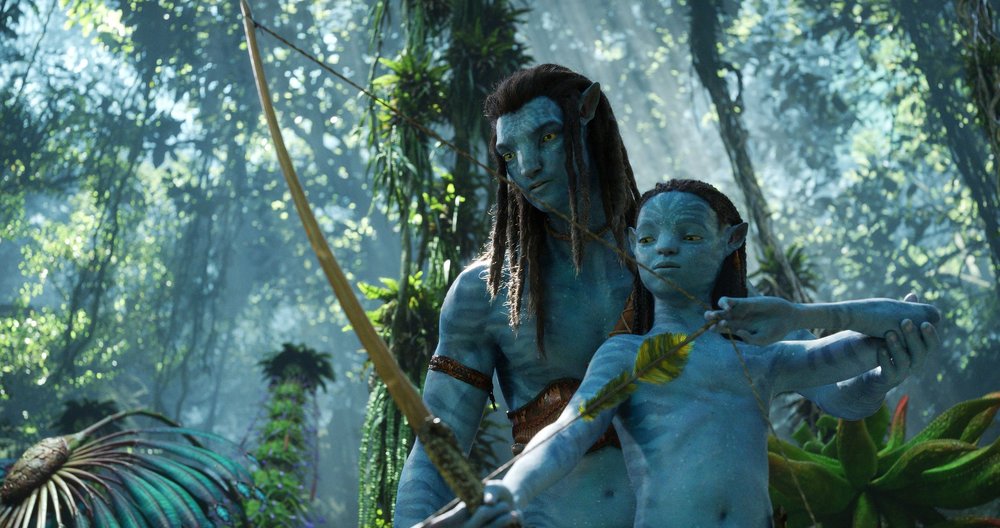
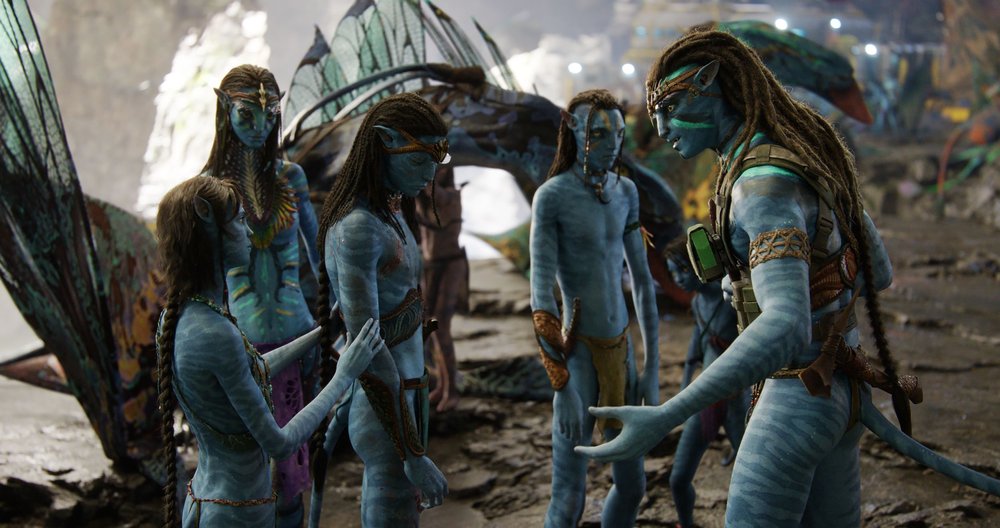
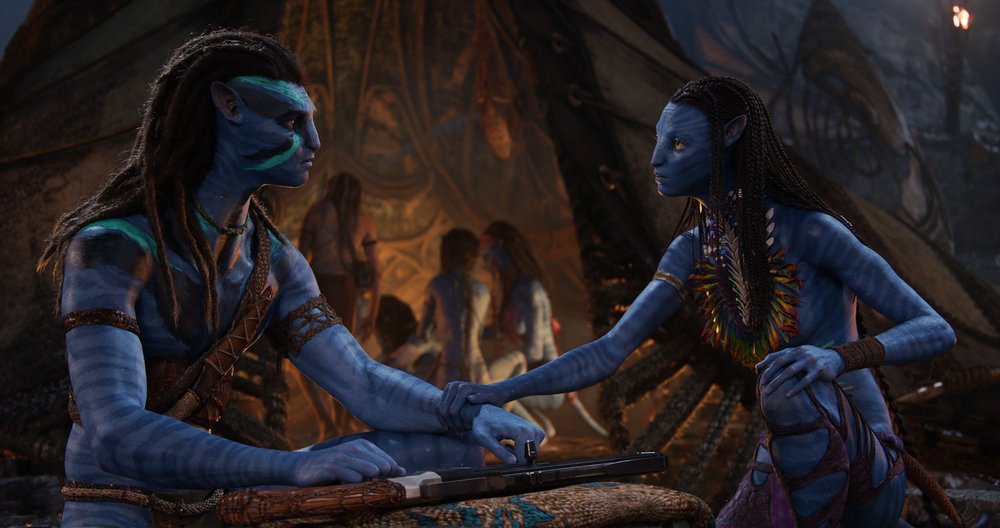
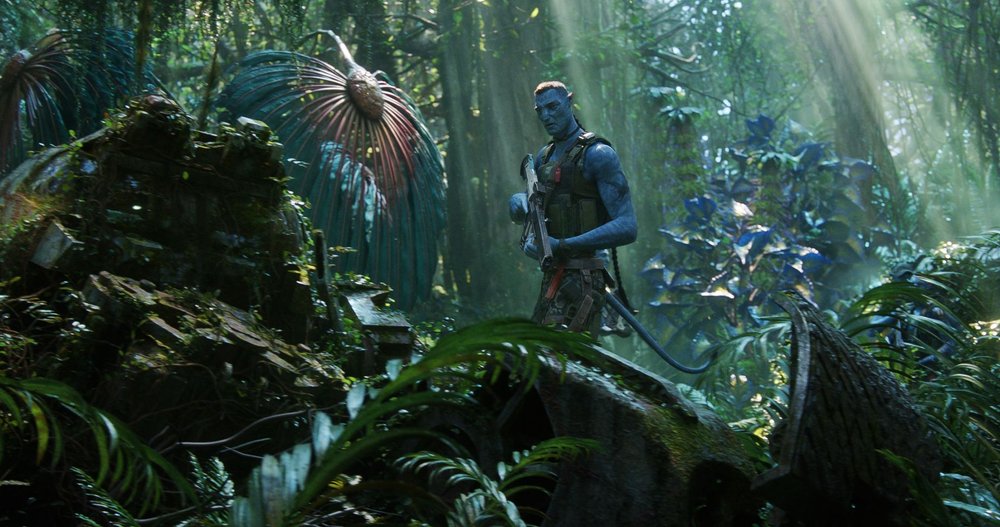
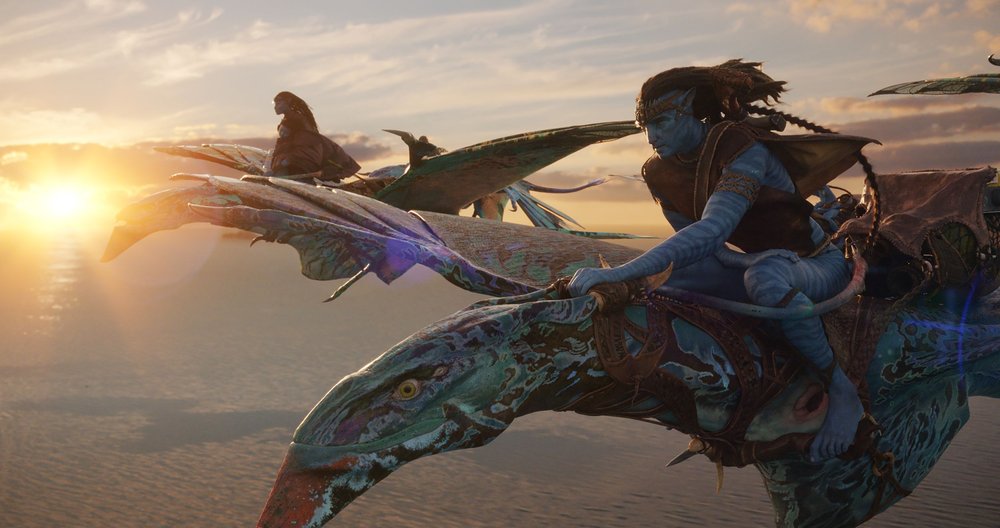
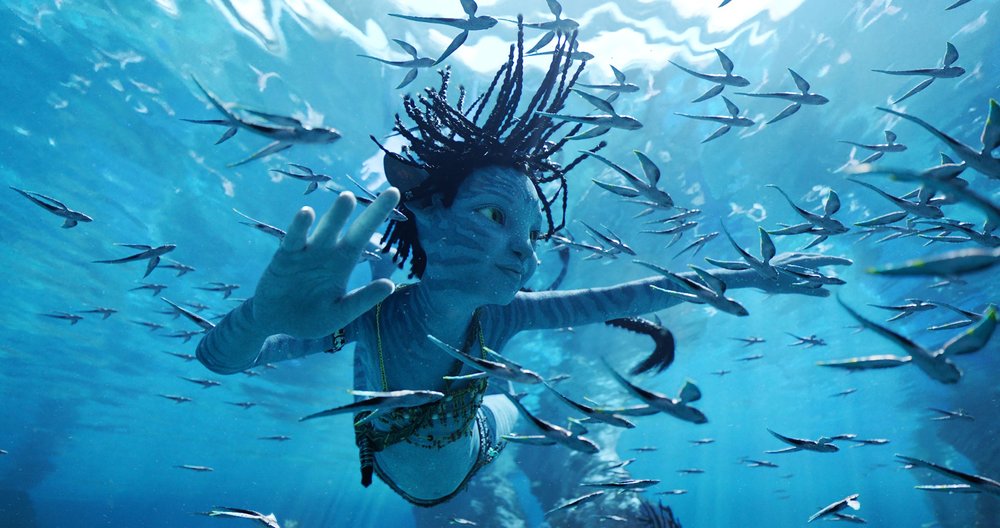
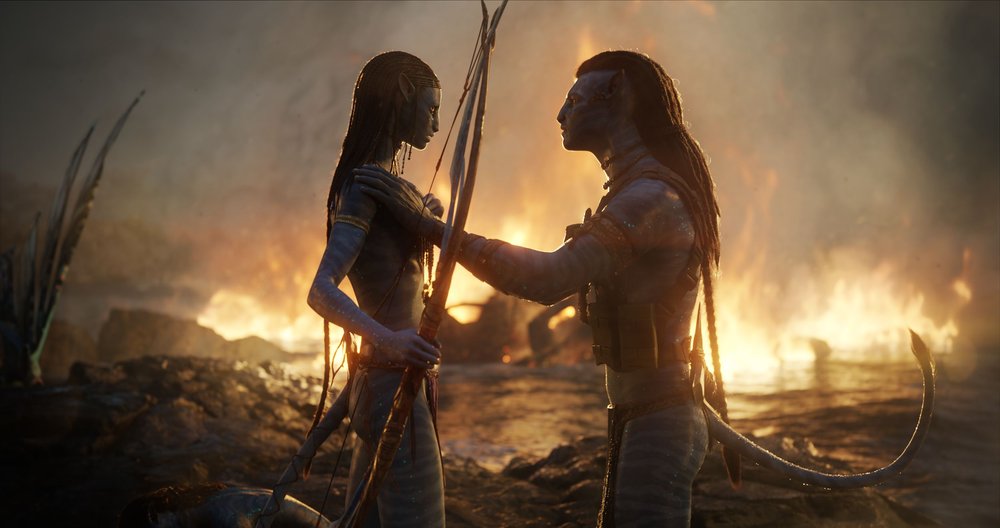
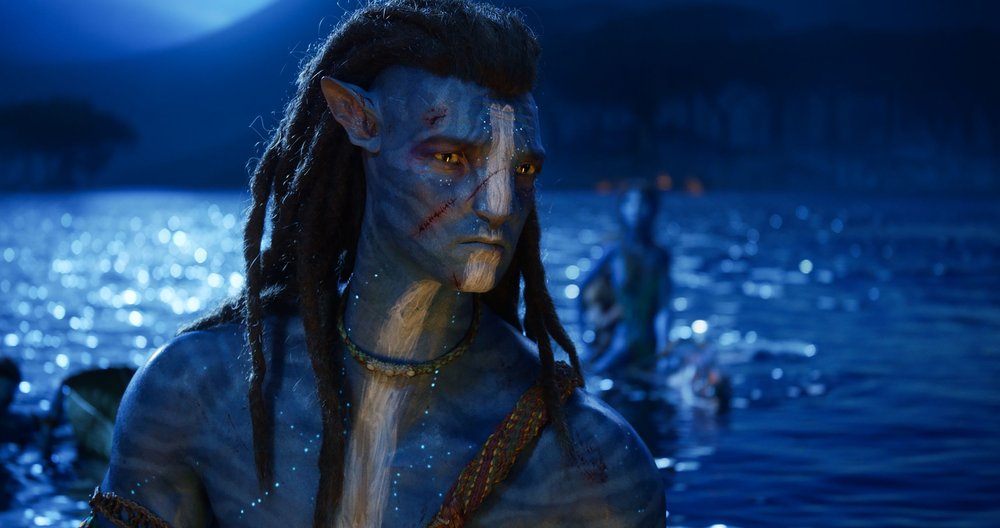

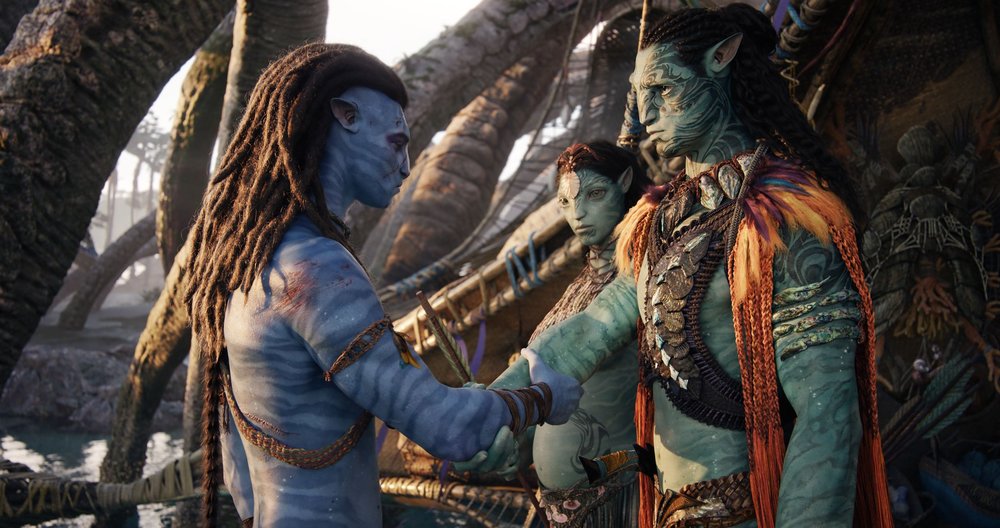


LOGO DESIGNED BY MEENTS ILLUSTRATED (#1084)
from Review Blog https://ift.tt/vqtYokN







No comments:
Post a Comment